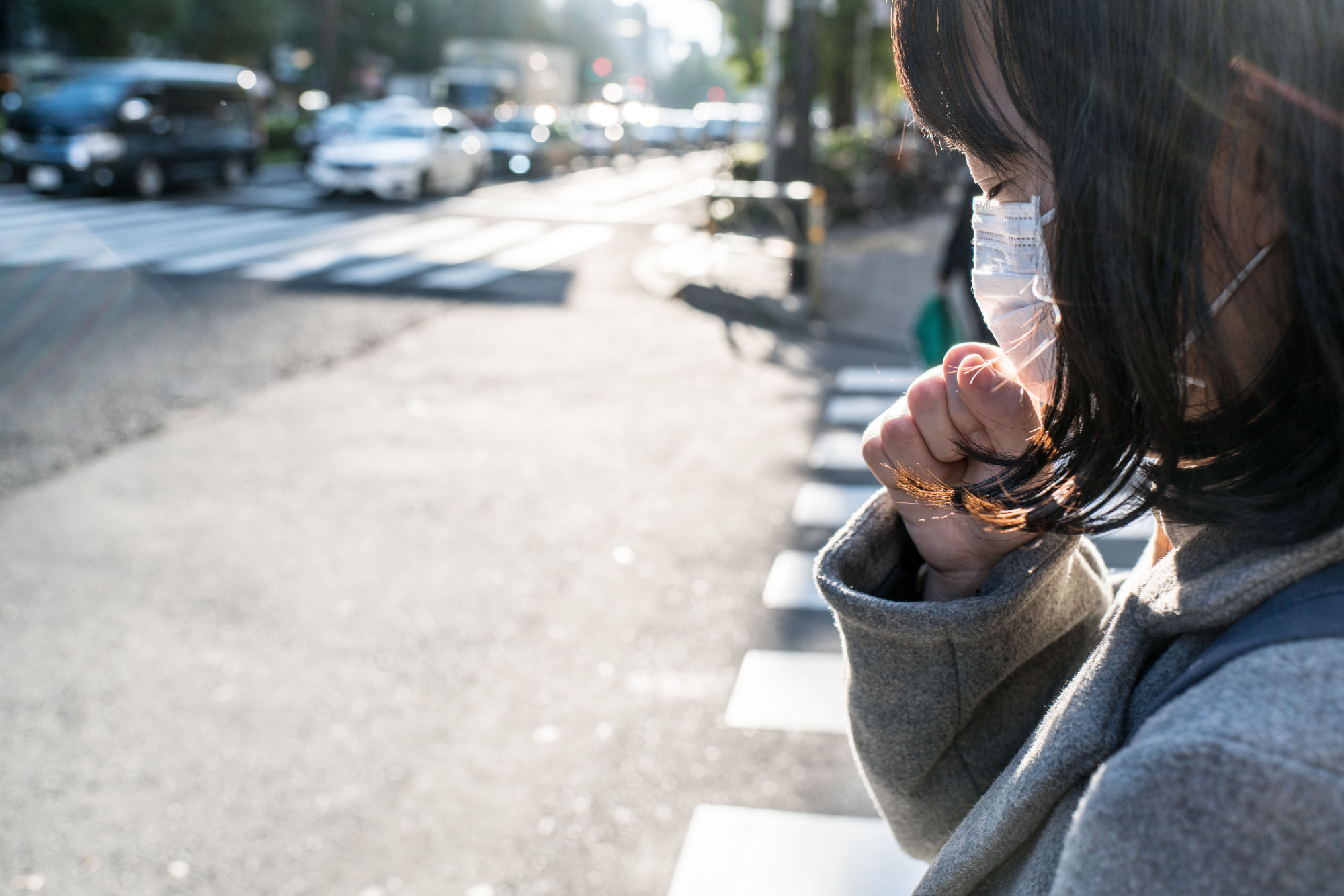If you're anything like me, at this time of year you check out the weather report twice a day for that all-important bit of info: the 花粉情報 (kafun jōhō, pollen report).
When the sun is out, that little icon on the screen signaling 花粉状況 (kafun jōkyō, pollen conditions) turns a warning shade of red, which means it's time to don a マスク (masuku, mask) and, in extreme cases, cover your eyes with glasses. And weekend plans include trips to the nearest 薬局 (yakkyoku, pharmacy) to stock up on items such as 目薬 (megusuri, eye drops), 花粉専用マスク(kafun senyō masuku, pollen-specific face masks), 花粉症用の薬 (kafunshō-yō no kusuri, hay fever medication) and anything else you can cram into your shopping basket.
Hay fever and アレルギー (arerugī, allergies) have been on the rise in Japan since the 1970s and specialists have put the blame on three main culprits: 杉花粉 (sugi kafun, cedar pollen), 大気汚染(taiki osen, air pollution) and 食生活の変化 (shokuseikatsu no henka, change in diet). Of these, cedar pollen has an especially bad rep. Japan's mountain regions are overrun with government-sponsored cedar forests that were created in the 1950s. Many of those forests are now neglected, leaving the cedar pollen to 飛散する (hisan suru, fly and scatter) through the air — on a crash course with our sinuses.

















With your current subscription plan you can comment on stories. However, before writing your first comment, please create a display name in the Profile section of your subscriber account page.